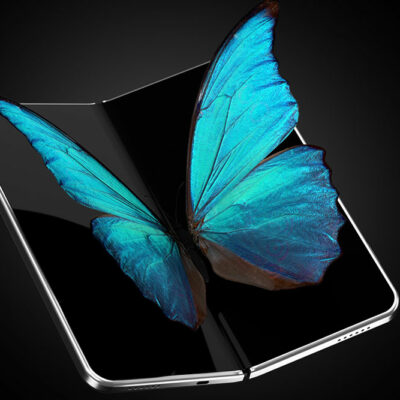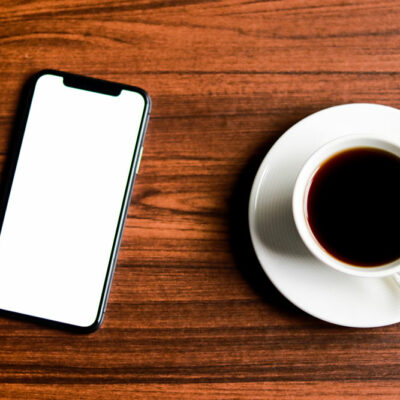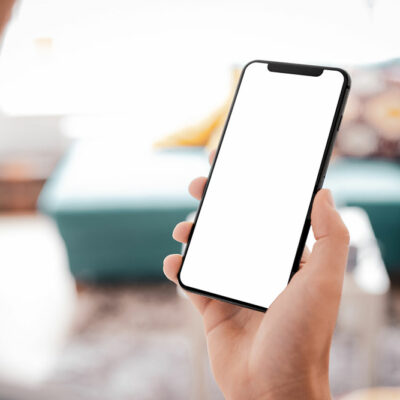
10 common shipping mistakes to avoid
Today, life without shipping is impossible to imagine for companies, ecommerce platforms, and consumers. With shipping, it is possible for brands worldwide to deliver products to consumers and vice versa. However, even seemingly minor errors with shipping can prove time-consuming and expensive for businesses, with the added risk of losing customers. Therefore, one needs to be very careful when shipping products over long distances.
1. Not filling the Bill of Lading with accurate information
The Bill of Lading (BOL) is a document in which shippers need to add details of their shipments and provide their signatures. It also lists shippers’ and suppliers’ fiduciary duties, so it is a rather important document. That’s why it is critical that all the details in the BOL are accurate, including the total weight and value of the parcel. One should also mention the weight and freight class accurately. Mentioning incorrect details can tarnish a company’s image, so it is crucial to fill in the BOL correctly.
2. Disposing of delivery receipts
It is not considered the shipper’s fault if a shipment gets damaged in transit. In such cases, companies shipping their products need evidence that the product did not get damaged at the packaging stage but during shipping. Procuring delivery receipts at every supply stage helps shippers identify the stage at which the product was damaged so that they can prove to their customers that they had not shipped a damaged product. So, companies should always collect delivery receipts at every stage of supply and avoid disposing of them until the product reaches the end user.
3. Not making use of online shipping platforms
There are thousands of online shipping platforms that make shipping a breeze for businesses. They have a wide range of cutting-edge features, including plugins to track the shipment, complete labeling tasks, calculate the total amount, etc. Being rigid and not using these platforms only increases manual tasks and hampers productivity.
4. Overlooking the importance of proper packaging
Packaging is of utmost importance when shipping a product, even if the product is sturdy and not likely to break. There are usually some telltale signs to identify a poorly packaged item. For example, if the parcel hangs out of its pallet, it means that one needs to opt for a bigger pallet. Also, the product may not fit properly in its box, or the cardboard may appear sagged. Shippers must devote enough time to packaging a product thoroughly so that it reaches the end user in good condition. Also, a well-packaged product reflects well on the business, so it is one way to satisfy consumers.
5. Failing to use pallets for heavy products
With pallets, handling heavy objects becomes incredibly easy, especially in transit. For this reason, many shipping carriers have made it mandatory for shippers to supply all their parcels on pallets. Some of them even levy a fine on those who fail to use pallets for their shipments. Even if a shipping carrier does not impose such rules, it makes sense to use a pallet of the right size when shipping heavyweight objects because it becomes extremely convenient for those handling the parcel in transit. Also, it reduces the chances of the product breaking or getting damaged on the way.
6. Not having freight insurance
In case a product gets damaged, lost, or breaks while being shipped, a freight insurance plan financially compensates shippers. Without freight insurance, shippers would have to pay for these damages, which can cause a financial crunch. When looking for a freight insurance plan, one should compare the premiums of different companies and check their records to ensure that the company is reliable and genuine.
7. Depending on only one carrier
Sometimes, businesses may trust a shipping carrier so much that they may begin availing of this carrier’s services for all their shipments. However, sticking to one carrier can restrict shippers because other carriers may actually have a lot more options, especially when it comes to shipping to foreign countries. One may choose to have different carriers for local and international shipments, researching the best ones for each. Certain online plugins provide access to all carriers in one place, so these may also be used.
8. Incorrect labeling
Proper labeling is very important when shipping products because labels make sure that products are shipped to the right places on time. These days, there are many online platforms that print accurate shipping labels based on the product’s barcodes. So, businesses should make use of such cutting-edge technology to increase efficiency in shipping.
9. Not being aware of shipping regulations of different countries
Different countries have different shipping regulations, which ensure the safety of all parties involved. So, if one is shipping to a foreign country, it is important to be aware of these regulations in the destination country and follow all the necessary procedures, such as filling out additional forms and paying any extra fees. A freight forwarder can help with such processes, so if one needs help when shipping internationally, it is best to leave these tasks to a professional.
10. Opting for a carrier that does not offer proper tracking of products
Tracking shipments in real time is beneficial for shippers and shipment recipients because it gives them an idea about where the shipment is and when it will be delivered. So, shippers should choose carriers that have proper shipment tracking facilities.


